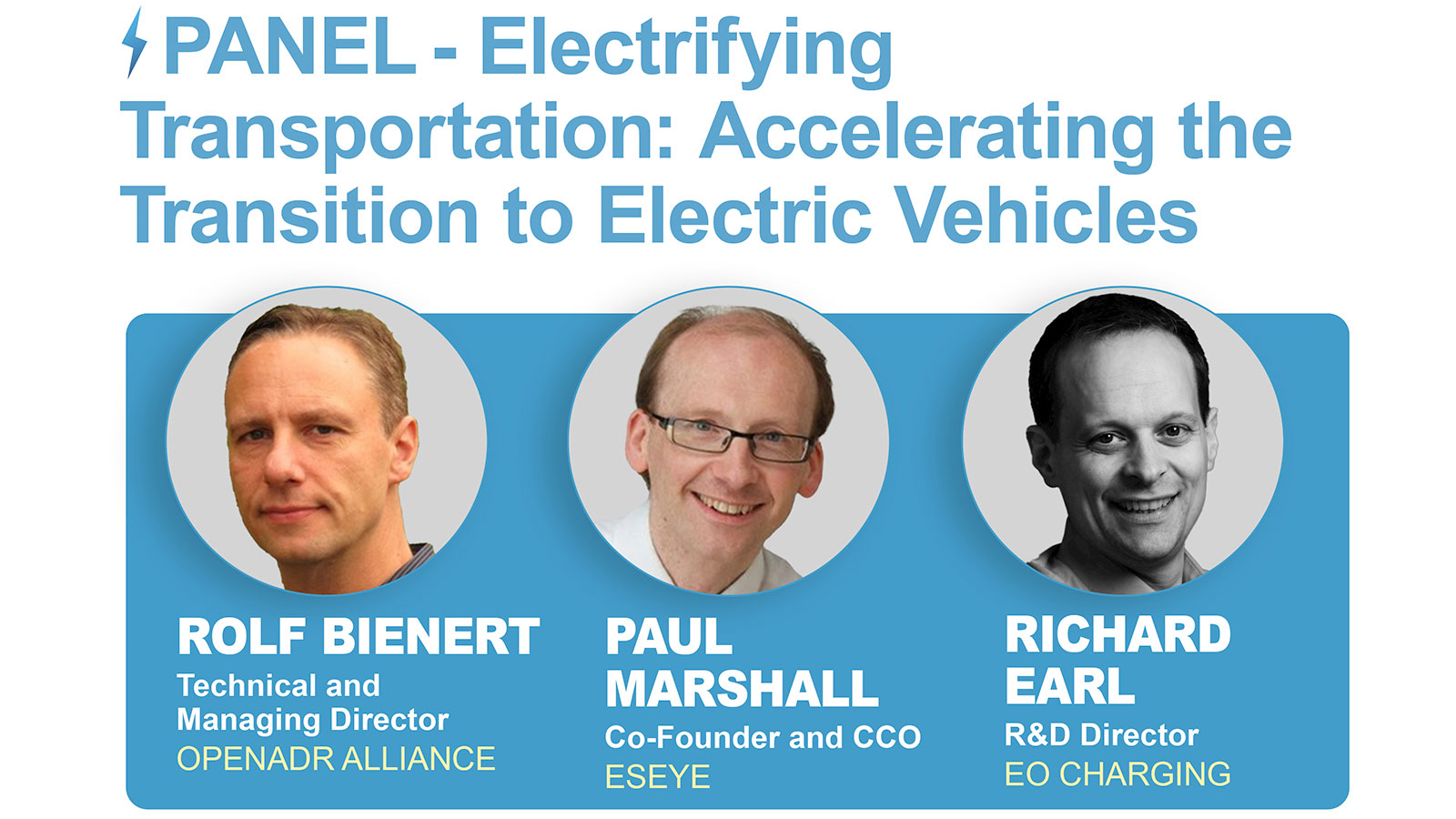Operators of an office building in Reigate, Surrey, are saving £20,000 a year on energy costs for the building's HVAC system following the installation of ABB standard drives for HVAC.
The Omnibus building was completed in 2001. Based on a disused bus garage in the centre of the town, the building is a multi-tenant facility offering over 65,000 sq ft of office space.
Building manager Martin Dalgarno of NB Entrust said: "We were approached by Econowise Drives and Controls with a proposal to investigate our HVAC system and look at the scope for using variable speed drives (VSDs) to cut its running costs. We were keen to make energy savings and were attracted to Econowise as they could offer local manufacturer backed support."
Econowise Drives and Controls, based in Redhill, specialises in supplying and installing VSDs for HVAC applications, as well as motors and other equipment for buildings in London and the Home Counties. After getting the go ahead from NB Entrust, Econowise conducted an energy appraisal of the existing system. Dave Lapsley, owner and director of Econowise, says: "The energy appraisal revealed that the motors driving the system pumps were all running at full speed, with flow control achieved by mechanical throttling. We calculated that putting VSDs on the application could save around £20,000 per annum in energy costs."
Econowise installed twelve ABB standard drives for HVAC, six on the chiller pumps rated at 15 kW, four on the LPHW secondary heating pumps rated at 15 kW and two on the LPHW Primary pumps rated at 7.5 kW. Econowise opened all the valves and set the drives to maximum speed, reducing the speed until the water flow rate met the exact requirements of the building as detailed in the original commissioning information provided by Dalgarno.
The building also had two existing VSDs operating an air handling unit but these were not running in a speed control mode. Econowise reprogrammed the PID controller on the exhaust fan drive to accept signals from a CO2 detector and drive it at an appropriate speed to remove the CO2. The two drives were connected so that the supply fan was driven at a speed to match the speed of the exhaust fan, hence maintaining design pressures at all times.
Lapsley added: "Martin Dalgarno was very open to what we had to offer to help improve the efficiency of the building services, all too often people in Dalgarno's position are very sceptical of what can be achieved with the correct implementation of this technology, as a consequence of his foresight he and most importantly his clients have reaped the rewards of these very significant savings."
Martin Dalgarno added: "The predicted savings of £20,000 a year have proven correct. With an investment of around £14,000, this gave us a payback of under nine months. We have also gained other benefits such as reduced wear and tear on the motors and have had no problems with maintenance since the drives were installed in September 2009."





